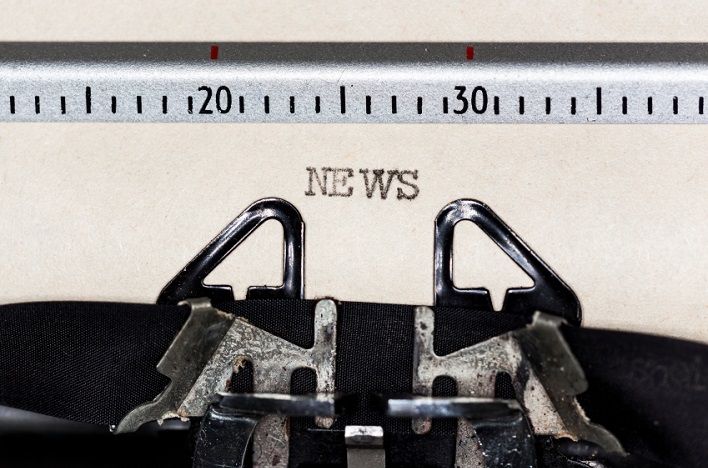Tell your story, and be sure to stick to the basics.
Even with the advent of social media and information being fed to the press in many nontraditional ways, the press release is still the most tried and true vehicle to “release” your news.
How can you write press releases that will get noticed by news organizations? It’s simple. Here are three fundamentals for writing a press release that should help your news get covered:
Formatting
Journalists and news organizations are used to reading press releases in a traditional format. This is not the time to show your creativity. Stick to the basic format, which is quite simple, or risk having your announcement ignored. For maximum attention, follow these formatting tips:
» FOR IMMEDIATE RELEASE should be in all caps, in bold and in the upper left corner of the release.
» Contact information should also be at the top of the release.
» Your headline—which should grab the reader’s attention quickly—is next and in bold.
» Include a dateline, or when and where the release is being issued. This is typically the company’s location. However, if launching a product at an industry event or a special location, put that city and state in the dateline. And don’t forget the actual date of the release.
» Always include the company name, followed by a brief description of the company’s business and then the purpose of the release in the first sentence. Follow that with the rest of the content elaborating on the announcement, details, quotes and other pertinent information.
» At the end of the release, there should be a boilerplate paragraph, which is a concise bio of the company, what it does, where it’s located and how to get in contact.
» And don’t forget to write using Associated Press (AP) Style. If you are not familiar with AP Style, check out www.apstylebook.com to get the most recent guidelines.
Don’t Bury the Lead
The “inverted pyramid” method is the most efficient way to write a press release. Think about an upside-down pyramid with the widest part, the base of the pyramid, on top. That is where to include the most fundamental facts and therefore should appear at the top of the release as the lead paragraph. The headline and lead paragraph of the release should tell journalists everything they need to know, in case they stop reading.
Capture the Five W’s
Press releases and marketing are two different writing styles. Write a press release as a news story rather than a sales piece or marketing brochure. Make it newsworthy. Focus on only essential information, which includes the “Five W’s” of journalism: who, what, when, where and why. A successful lead paragraph communicates, on a basic level, the essential facts of who did what, when, where and why.
The remainder of a press release will contain less essential content, additional details, quotes from sources, statistics, background and other relevant information. This content is added to the release in order of importance, so that the least important items are at the bottom.
The next time you want to make an announcement about your company, remember that writing a press release is very basic. Don’t try to be fancy; stick with the traditional format. Write short, actionable headlines and always capture the five W’s—no fluff.
One other thing to keep in mind: Press releases that are short and sweet will keep readers engaged—increasing your chance that a news organization will cover it. Happy writing!


